Creating resin art is one of the most satisfying and creative hobbies out there. Whether you’re making jewelry, coasters, or keychains, adding painted details can take your project from simple to stunning. The secret lies in choosing the best paint pens for resin that stick well, stay vibrant, and last long.
If you’ve ever had your designs smudge or fade, this guide will help you find exactly what makes a paint pen perfect for resin projects.
Keep reading to learn what to look for, how to use them correctly, and how to make your resin art shine for years.
What Makes the Best Paint Pens for Resin Stand Out
Knowing what makes a paint pen great for resin will save you time, money, and frustration. Paint pens that are made for resin surfaces should have strong adhesion, rich pigmentation, and smooth ink flow.
Here are the most important features to look for:
- Ink Type: Acrylic and oil-based inks work best on resin because they bond to slick surfaces.
- Opacity: Choose pens with highly pigmented ink for bright, solid colors that stand out on glossy resin.
- Drying Time: Quick-drying pens help prevent accidental smudges.
- Tip Size: Fine tips are perfect for lettering and outlines, while medium tips are great for filling in designs.
- Durability: Look for UV-resistant and waterproof inks to keep your designs looking fresh.
Resiners Mirror Chrome Markers: One of the Best Paint Pen for Resin

If you love adding metallic details to your resin art, the Resiners Mirror Chrome Metallic Markers Pen is one of the best paint pens for resin to try.
Designed specifically for smooth surfaces like epoxy resin, these markers make it easy to create shiny, eye-catching finishes.
Key Features
- Perfect for Resin Crafts: Resistant to epoxy resin and ideal for painting on cured resin. Available in gold, rose gold, silver, and copper, with a 2–5mm tip for both thick strokes and fine detailing.
- Mirror Finish & Durable Ink: Delivers a high-gloss, liquid chrome effect that’s opaque, UV-resistant, and water-resistant once dry. The ink maintains its shine and brightness over time.
- Versatile Use: Works beautifully on resin, metal, glass, ceramics, plastics, stones, and more. Great for coloring resin coasters, jewelry, and molded pieces.
- Smooth Application: The valve-controlled design prevents leaks and ensures consistent ink flow.
- Usage Tips:

- Shake well before use and press the nib gently to start ink flow.
- Let the ink dry for 1 hour on small areas and 12 hours for larger ones.
- Clean your resin surface before applying for the best mirror effect.
📌 For more ideas on how to make your resin pieces shine, check out Resin Finishing Techniques That Make a Difference. It’s a great follow-up read to help you perfect your resin finishes.
Acrylic vs. Oil-Based Paint Pens for Resin
Choosing between acrylic and oil-based paint pens can make a big difference in how your resin art turns out. Each has its own strengths, depending on your project and style.
- Acrylic Paint Pens: These are water-resistant, easy to clean, and offer bright, opaque colors. They’re ideal for detailed designs and layering colors.
- Oil-Based Paint Pens: These pens provide excellent adhesion and a glossy look. They’re perfect for smooth resin surfaces and long-lasting results.
📌 If you’re looking for more ways to bring your resin projects to life, don’t forget to read How to Seal Resin Art Like a Pro. It’s a great follow-up to help you protect your painted designs and keep them looking brand new.
How to Use Paint Pens on Resin Without Smudging or Fading

Using the best paint pens for resin is only half the story. The way you apply and seal your designs also affects how they look and last. Follow these simple steps for the best results.
- Clean the Surface: Make sure your resin is fully cured, clean, and free of dust or oils.
- Optional Light Sanding: Lightly buff the surface with fine sandpaper for better adhesion.
- Shake and Test the Pen: Always test your pen on a scrap piece to check ink flow.
- Apply Slowly: Draw or write gently, letting each stroke dry before adding more.
- Seal Your Design: Use a clear resin coat or UV sealer to lock in your artwork.
📌 To learn more about finishing your resin pieces beautifully, check out Beginner Resin Art Projects You Can Try Today. It’s packed with easy ideas to help you practice your painting and sealing techniques.
Best Practices for Painting on Resin (and What to Avoid)
Getting a perfect finish with paint pens on resin takes a little practice. These tips will help you avoid common mistakes and keep your resin art looking professional.
Do’s:
- Use acrylic or oil-based paint pens only.
- Apply on fully cured resin.
- Store pens horizontally to keep the ink flowing evenly.
Don’ts:
- Avoid water-based markers because they don’t stick well.
- Don’t paint on tacky or uncured resin.
-
Avoid alcohol-based inks if you plan to add another resin layer over your design.
📌 If you want to explore more creative techniques, browse Resin Finishing Techniques That Make a Difference. It’s a great resource for polishing, sealing, and enhancing your resin creations.
Creative Ways to Use Paint Pens in Resin Art
Paint pens open up endless possibilities for creativity. Once you have the best paint pens for resin, you can personalize your projects in so many ways.
Here are some fun ideas to try:
- Add fine details or outlines to resin coasters and trays.
- Write names or quotes on resin keychains and ornaments.
- Highlight shapes or patterns in your resin pours.
- Layer paint between resin pours for a 3D effect.
📌 For artists who love adding metallic or chrome details, the Resiners Mirror Chrome Metallic Markers Pen is a great choice. It gives your resin projects a sleek, professional finish that catches the light beautifully.
Troubleshooting Paint Pen Problems on Resin
Even with the best paint pens for resin, small issues can pop up. Here’s how to fix the most common ones quickly and easily.
- Ink not sticking? The resin might not be fully cured or clean. Wipe the surface with alcohol before painting.
- Colors fading? Use UV-resistant pens or apply a UV-protective topcoat.
- Lines smudging? Allow more drying time between layers or use a gentle heat gun to set the ink.
- Pen drying out? Store horizontally and re-prime the tip by shaking and pressing it gently.
📌 If you’re having trouble getting smooth finishes, don’t forget to read How to Perfectly Polish and Finish Resin Projects. It offers helpful advice to make every piece look flawless.
How to Seal Paint Pen Designs on Resin
Sealing your paint pen designs is the final step to make sure your artwork lasts. It keeps the ink from smudging, fading, or wearing off over time.
Here are the best sealing options:
- Clear Epoxy Resin: Gives a glossy, durable finish.
- UV Resin Sealer: Great for small projects and quick drying.
- Acrylic Spray Sealer: Perfect for lightweight crafts or layered designs.
To seal without smudging, let your paint dry completely before applying any topcoat. Always apply thin layers of sealant to avoid disturbing the ink.
Conclusion
Finding the best paint pens for resin can completely change how your projects look and last. The right pens make your designs pop, stay vibrant, and resist fading over time. Whether you’re outlining, lettering, or adding metallic accents, choosing quality materials will always show in your finished piece.
For more helpful guides and tips about resin crafting, visit Resiners. They share easy tutorials and expert advice to help you improve your skills. You can also check out Resines for high-quality products like epoxy resin, UV resin, resin accessories, molders, and other resin equipment perfect for every type of resin craft and learn more about UV resin.
Resin Crafts Supplies You Can Shop
|
|
Resiners® 1 gallon/2 gallon Crystal Clear Epoxy Resin |
|
|
|
FAQs About Painting on Resin
What kind of paint will stick to resin?
Acrylic and oil-based paints adhere best to resin because they can grip the smooth surface. Water-based paints tend to peel or wipe off easily. Always make sure the resin is fully cured before painting for the best results.
Can you write on top of resin?
Yes, you can write directly on resin surfaces using paint pens that are designed for non-porous materials. Make sure the surface is clean and dry before writing. Once your design is complete, seal it to keep the ink from rubbing off.
Why is resin so hard to paint?
Resin is slick and non-porous, which makes it difficult for paint to stick. Lightly sanding or cleaning the surface helps the paint adhere better. Choosing the right pen type also makes a big difference in how well the paint stays on.
What can I use to paint over epoxy resin?
You can use acrylic paint pens, oil-based markers, or traditional acrylic paints with a fine brush. These types of paints are designed to bond well with resin. Always let the resin cure completely before painting.
How to write letters on resin?
Use a fine-tipped paint pen and go slowly to keep your lines clean. It helps to sketch lightly first or use stencils for even lettering. Once you’re happy with your design, seal it to protect your work.

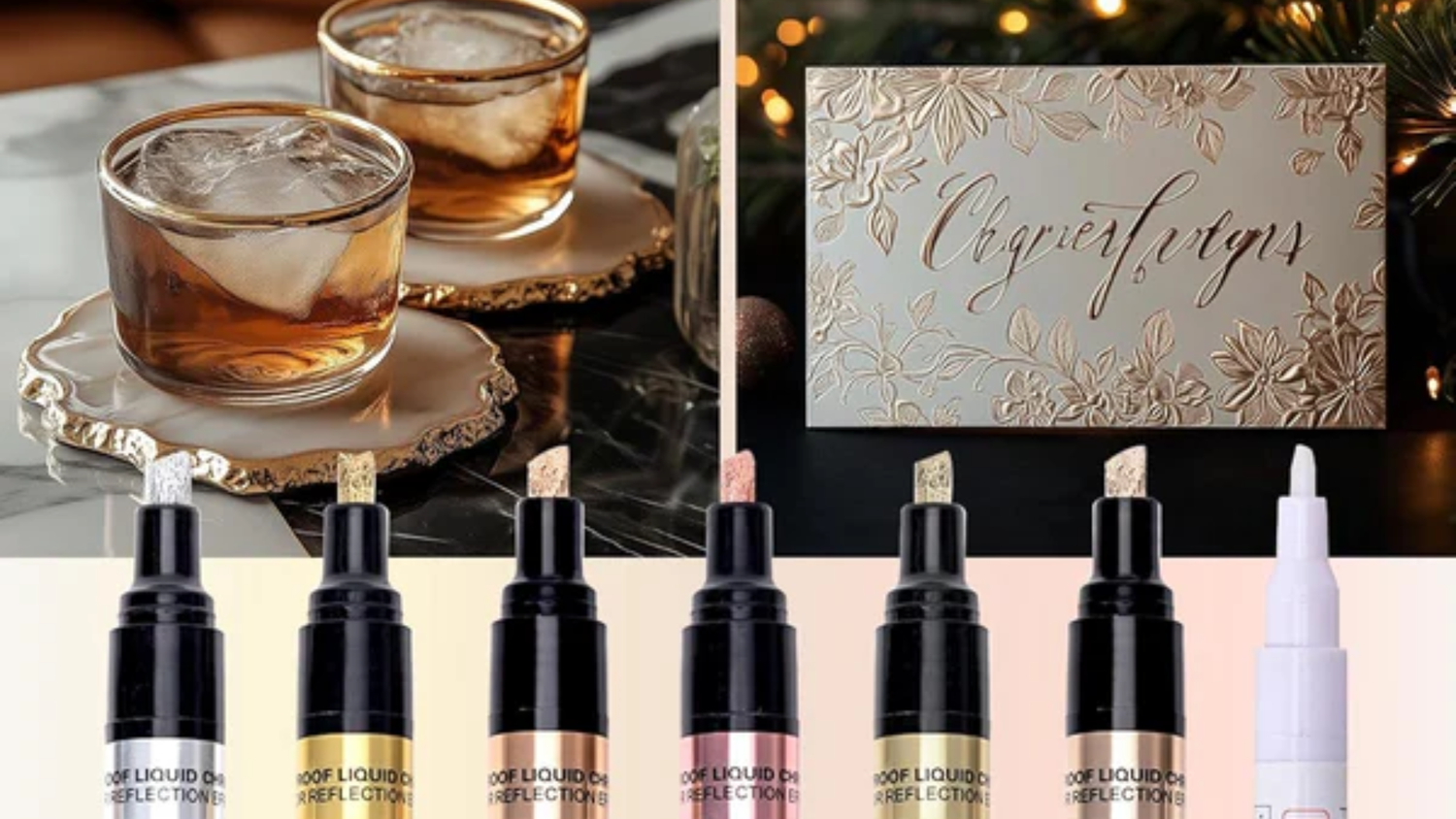






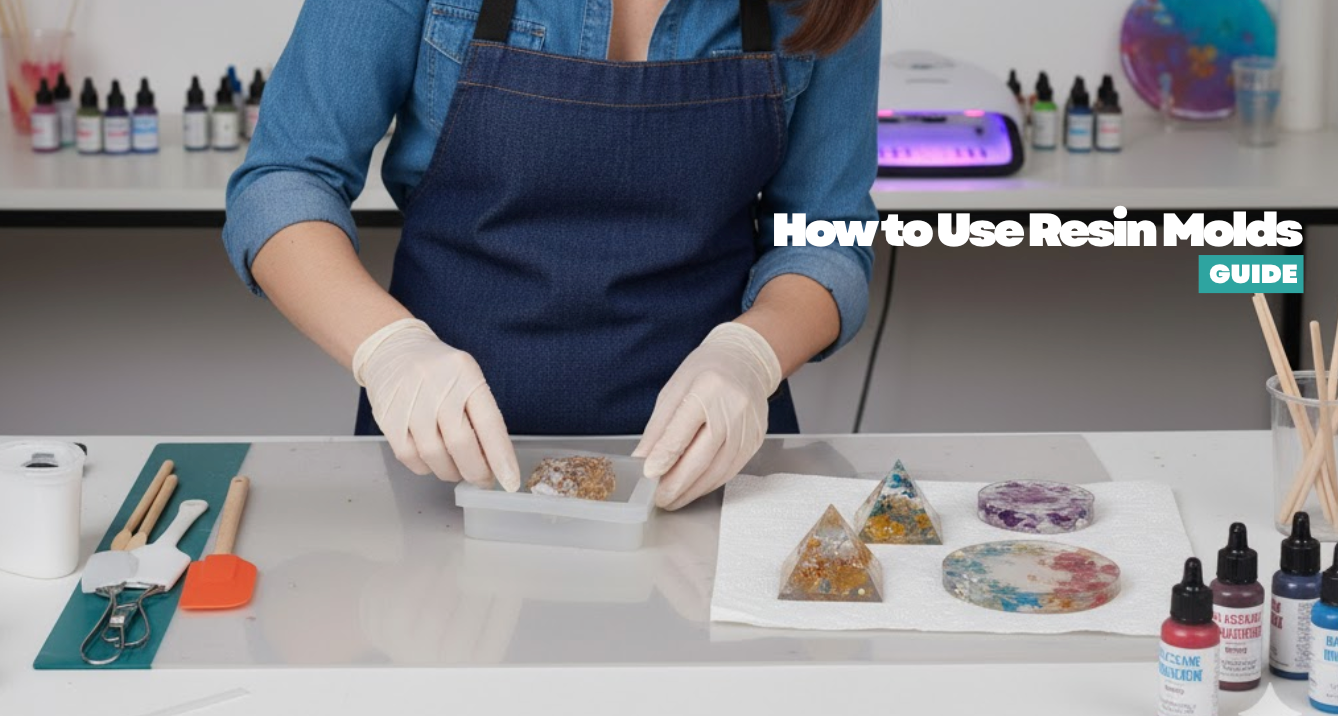
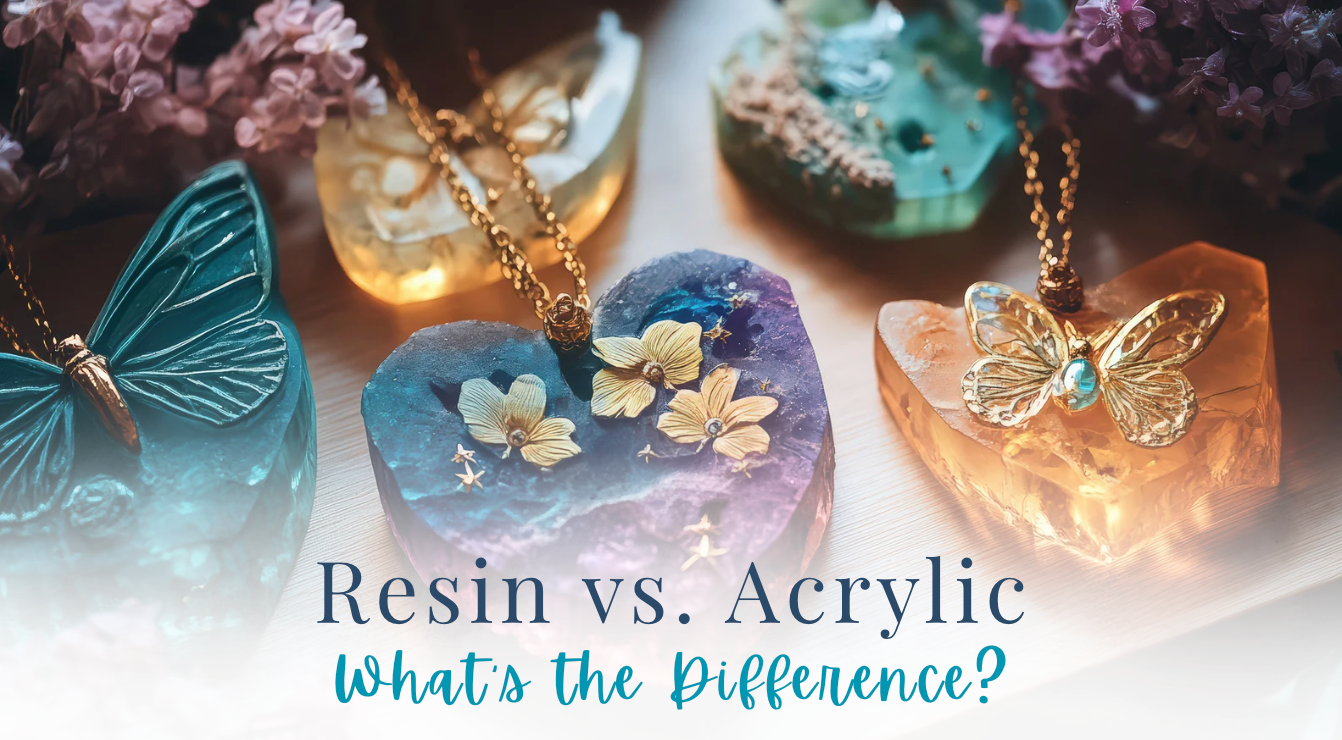

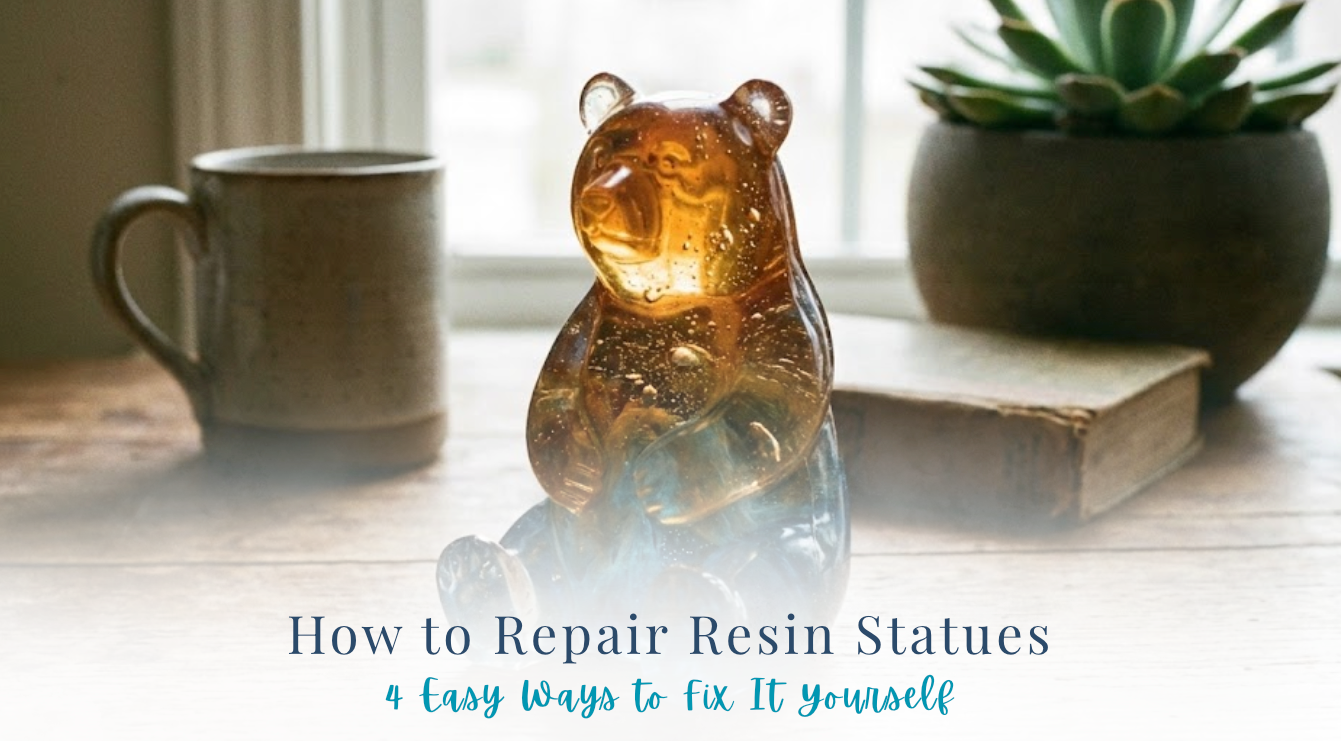

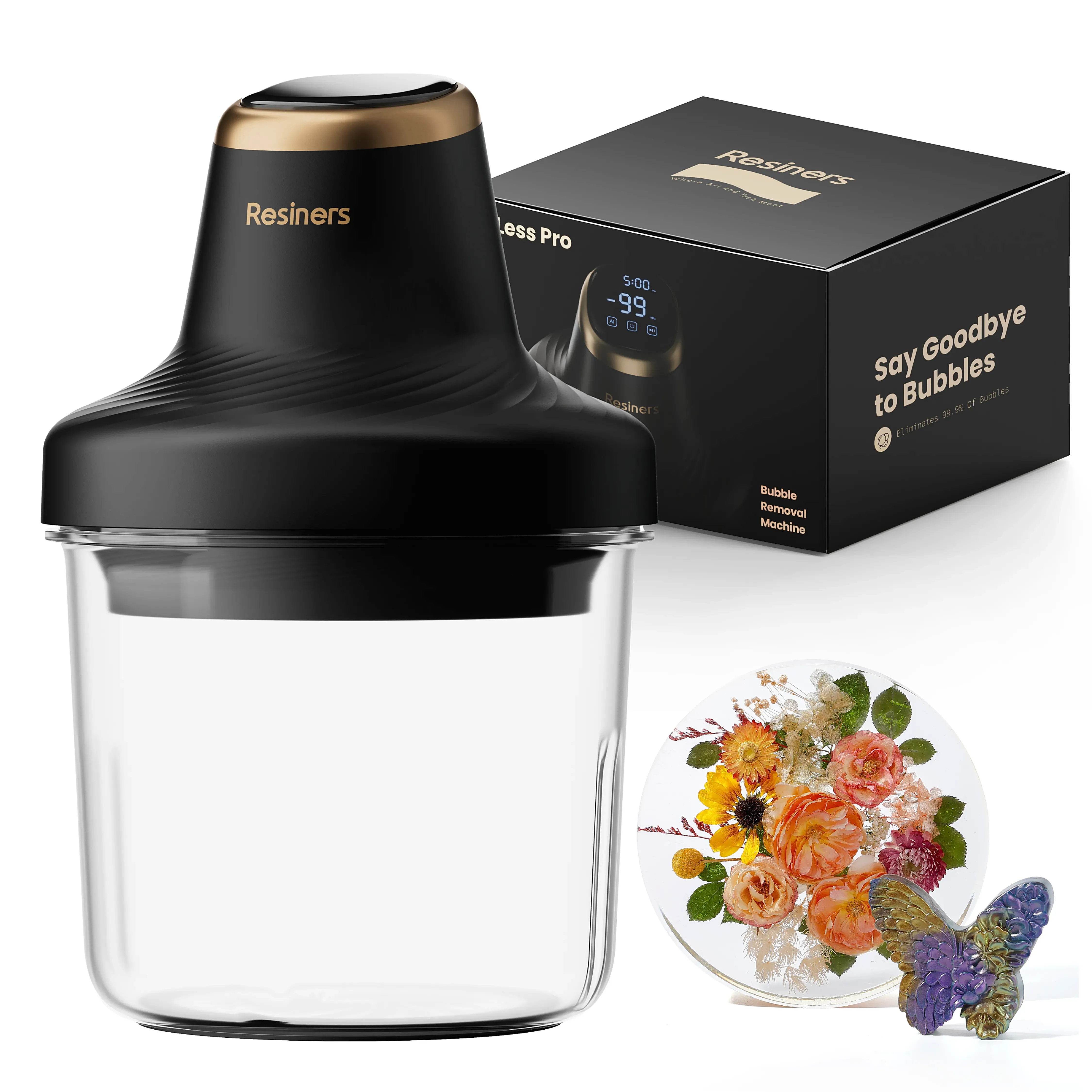
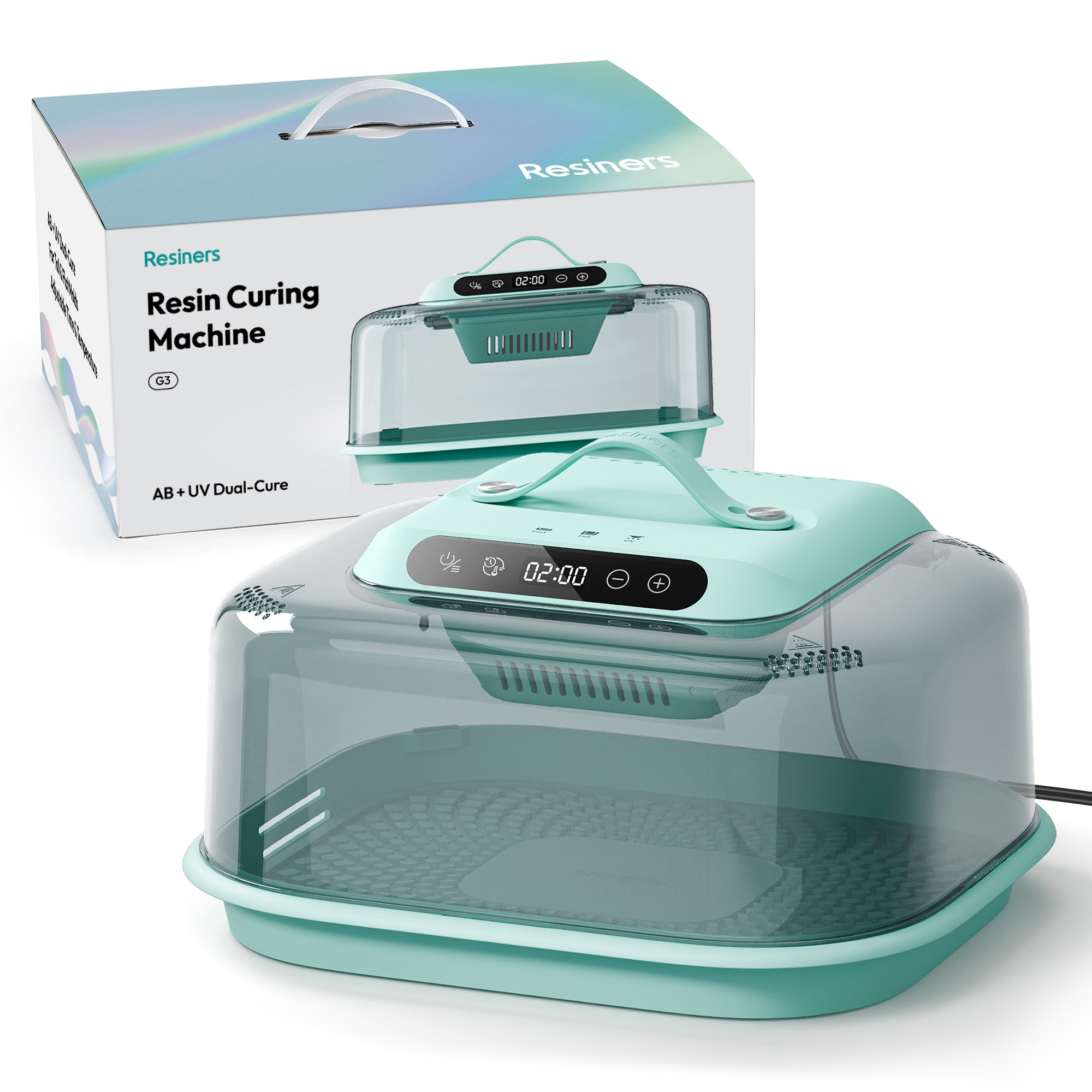

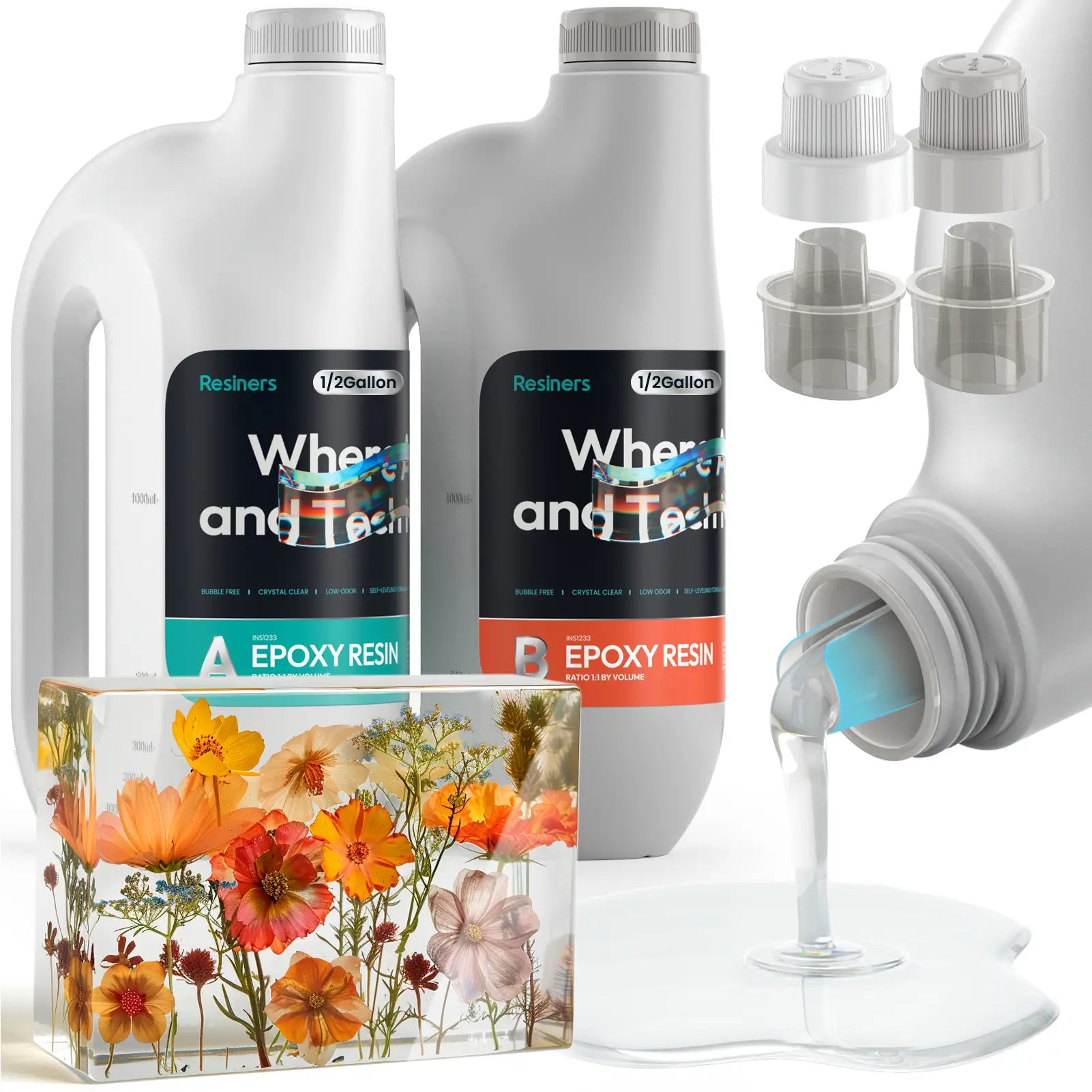
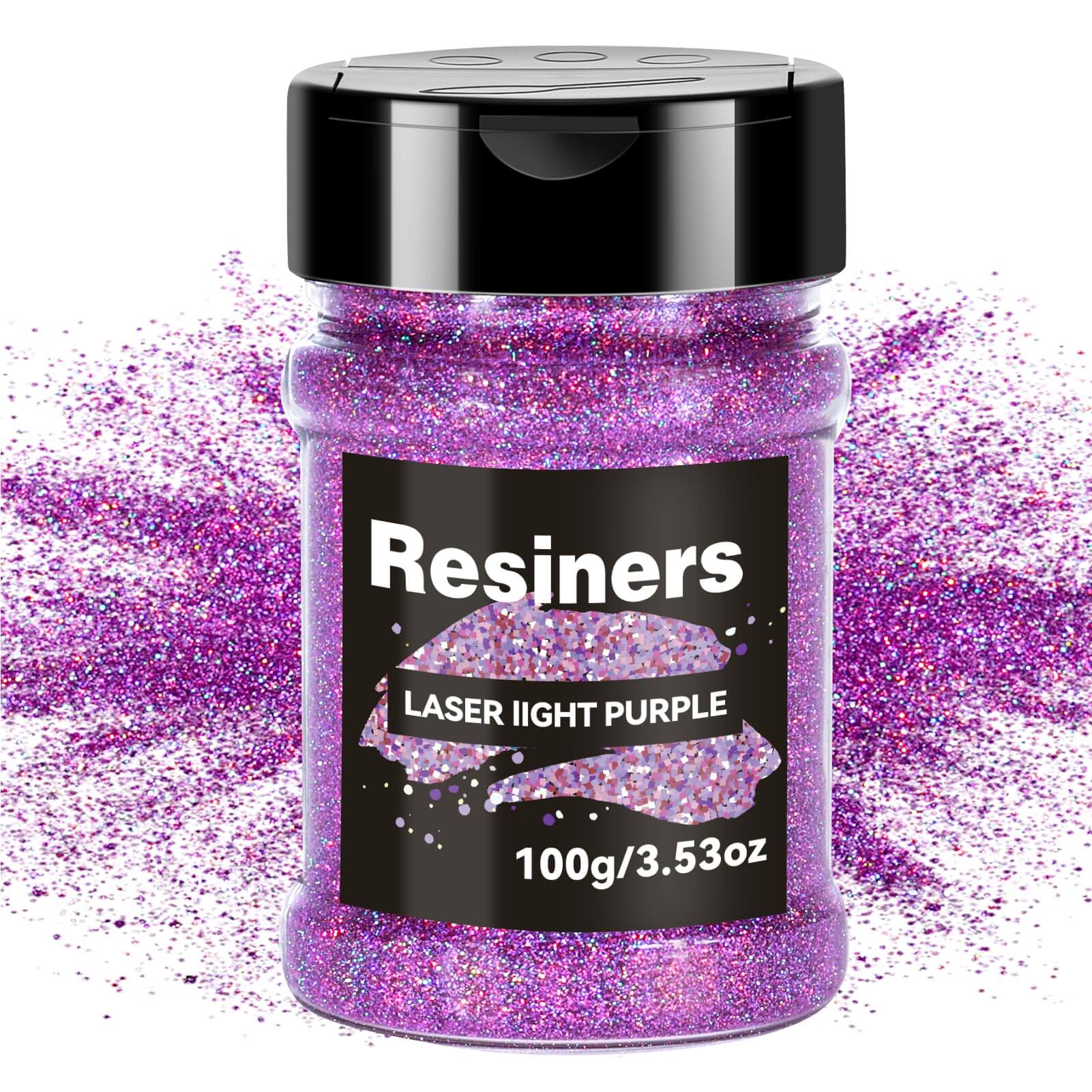
Leave a comment
This site is protected by hCaptcha and the hCaptcha Privacy Policy and Terms of Service apply.